Hello.
Do you identify as a weird girl, too?
For the sake of research purposes, I will be attaching photos of myself from my 2014 tumblr era knowing damn well how cringe and beautiful this year was in the history of girl blogging. So please stay until the end <3
When I was in 3rd grade, I had a teacher named Mr. Farily who everyone called “Mr. Fairy” and made fun of him for being “gay” (he wasn’t) because being gay in the early 2000s was still not cool like it is now. Anyways, for each of his classes, he would give every student a nickname. Looking back, this was a disgusting thing to do to children at this age. But at the time, everyone looked forward to his class in order to find out what nickname they got. (A similar feeling you would get to taking an online quiz to figure out what character you were from your favorite tv show).
I did ballet for about 18 years of my life. But I wasn’t the typical ballet dancer and certainly didn’t fit the aesthetic. I’ve always been a bit goth, wore a lot of black, and listened to really sad music (some things never change). I had to wear uniforms because I went to a religious private school, so it was hard to nail down everyone’s aesthetic, but nevertheless, Mr. Fairly still managed to try and figure it out.
When it was time to figure out what nickname we got, each student had to stand in front of the entire class then he read the nickname out loud. I’ll give you an example. It went a little something like this: “Tyler”, Mr. Fairly would call. Tyler stood in the front of the class. “Tyler, your new name is Tiger”, he would say. He would also give a rationale as to why he chose this name. Then Tyler would have to say, “Hi class, my name is Tiger”. He’d then call Britney the Butterfly and Jenna the Ballerina and Aaron the GI Joe and Jessica the Barbie. Then it was my turn.
“Caitlyn, your new name is Alien”.
What the actual fuck.
To be fair, this name is pretty bad ass in retrospect. But as a 9 year old, I was mortified. I was already shy and wanted so desperately to be popular.
He then proceeded to say, “Finding a nickname for you was hard but you’re a little weird so I went with Alien”.
My parents weren’t very happy about this but I begged them not to say anything to the teacher or principle because… well, you know how that goes.
Anyways, I promise this is related to today’s topic.
I’m talking about the resurgence of the goth pop weird girl. This is not super new, but I’m talking specifically about the 80s aesthetic goth pop weird girls- the bettlejuice-edward scissorhands-heathers girlies.
And my first hot take about someone who has always identified as a goth pop weird girl with an affinity for Winona Ryder circa Tim Burton’s prime film era, is that there is no one who was more obsessed, infatuated, and in love with a weird girl more than the varsity jock bro who made fun of her, but wanted so desperately to fuck her in the locker rooms after his football game on Friday nights.
Jock bros and (today’s equivalent) finance bros, are wildly obsessed with weird girls. Think Grimes before Elon. Boy, do they eat that shit up. I used to get made fun of when I was in middle school and 9th grade and never understood why until I got to University.
The fascination that jocks and bros have with weird goth girls is often depicted in movies and TV shows taps into a classic narrative of opposites attracting. There's something inherently appealing about the mysterious and the unknown in the goth cunty queer pop culture that they will never understand. With its deep ties to emotional depth and aesthetic distinctiveness, presents a stark contrast to the often straightforward and conformist world of jocks and bros. This contrast isn't just about appearances; it extends to attitudes, hobbies, and expressions of identity, making the goth girl seem like a tantalizing glimpse into a more liberated and rebellious form of self-expression.
We’re hot as fuck, what can I say?
Goth culture's rich emotional palette and penchant for exploring themes of existential angst and romanticism can offer a new emotional landscape for jocks and bros accustomed to more conventional social circles. Surface level basic bitches. This emotional complexity might be seen as more authentic or profound, which can be particularly appealing to those looking for a deeper connection or a break from their own cultural norms. In essence, the goth girl often represents a challenge to the status quo, a person who not only looks different but also thinks and feels differently, offering a new perspective and perhaps a bit of escapism from the everyday.
So what does this have to do with Lisa Frankenstein?
Lisa Frankenstein is a film that creatively melds the vibrant, pop-colored aesthetic of the 1980s with the allure of gothic weird girls. Set in 1989, the movie taps into the distinctive style and cultural elements of the era—think big hair, neon colors, and a blend of horror and comedy. The story revolves around a high school girl, Lisa, who accidentally reanimates the body of a handsome 18th-century corpse with a lightning strike, leading to unconventional romance and quirky adventures.
This film celebrates the weird girl trope by giving it a gothic twist. Lisa, as the protagonist, embodies this trope as an outcast and an aspiring makeup artist, using her creativity to navigate her quirky interests in a suburban setting. Her character is a nod to the idea of embracing one’s unique identity and turning what others might see as oddities into strengths.
The 80s aesthetic adds a layer of nostalgia and vibrancy, making the gothic elements more whimsical rather than somber. The fusion of bright 80s visuals with the dark, gothic themes creates a unique contrast that defines the film's unique charm and appeal. This juxtaposition plays into the narrative's themes of experimentation, identity, and the acceptance of one's inner weirdness, all while wrapped in the nostalgic embrace of 80s pop culture.
If you’re a fan of these films below, you get it and you will love Lisa Frankenstein:
Beetlejuice (1988) - Directed by Tim Burton, this film is a classic when it comes to combining darkly gothic themes with offbeat humor. The story follows a couple of recently deceased ghosts who try to scare away the new inhabitants of their home and end up involving a bizarre and mischievous spirit named Beetlejuice.
Edward Scissorhands (1990) - Another Tim Burton creation, this film tells the story of an artificial man named Edward, an unfinished creation who has scissors for hands. Edward's gothic and eerie aesthetic, combined with his touching and quirky interactions with a suburban community, create a compelling contrast.
The Addams Family (1991) and "Addams Family Values" (1993) - These films focus on a macabre yet endearingly quirky family. The Addamses embrace their gothic lifestyle with humor and heart, making them iconic in the genre of films that celebrate being different.
Heathers (1989) - While more of a dark comedy than a gothic film, "Heathers" explores high school drama with a very cynical twist. It shares the 80s setting and features an outsider protagonist dealing with the intense and often dark social dynamics of teen life.
Coraline (2009) - Directed by Henry Selick, this animated film is based on Neil Gaiman's novel. It features a young girl who discovers an alternate reality. While more modern, its artistic style and the darkly whimsical storyline carry a gothic feel akin to Tim Burton's works.
Buffy the Vampire Slayer (1992) - Before the popular TV series, there was the film that started it all, combining horror, comedy, and 80s high school culture. Buffy Summers tackles vampires and teenage angst, mixing a light-hearted approach with darker themes.
And while we’re talking about films, shall we mention some iconic characters who fit this aesthetic? These women are iconic, queer as fuck, and I still worship the ground they walk on:
Morticia Addams (The Addams Family) - Morticia, with her sleek black gowns and pale complexion, epitomizes gothic elegance. A steadfast matriarch, she exudes confidence and unapologetic uniqueness, making her a beloved figure in gothic and queer communities.
Wednesday Addams (The Addams Family) - Wednesday became an iconic character who epitomized a unique blend of dark humor and precocious intelligence. In these films, her unflinching demeanor contrasts sharply with the typical portrayal of children in film. She is wise beyond her years, often unsettling others with her insights and dark observations.Her dry wit and morbid fascinations endear her to audiences who appreciate her as a symbol of non-conformity and individualism.
Effy Stonem (Skins) - I fucking loved Effy. Effy is known for her enigmatic and rebellious persona, which embodies a complex mix of vulnerability and invulnerability. Her character captivates audiences with her intense emotions and mysterious allure, often expressing more through her actions and expressions than words.
Lydia Deetz (Beetlejuice) - Lydia, portrayed by Winona Ryder, is a quintessential weird girl who finds beauty in what others might find dark or morbid. Her connection to the supernatural and her outsider status make her a figure of identification for many in the queer community.
Nancy Downs (The Craft) - A character from the film The Craft, Nancy is an iconic teen witch who embraces her power and the darker sides of magic. Her rebellious and intense personality, coupled with a gothic aesthetic, appeals to many who feel different or outcast.
Elvira, Mistress of the Dark - As a character, Elvira is the embodiment of campy gothic glamor and has a huge following in the queer community for her witty, confident, and slightly risqué persona.
Willow Rosenberg (Buffy the Vampire Slayer) - Willow evolves from a shy, nerdy girl into a powerful witch, exploring her sexuality and coming out as a lesbian in the series. Her journey of self-discovery and acceptance is celebrated by many queer fans.
Carmilla Karnstein (Carmilla) - From the gothic novella and its more modern web series adaptation, Carmilla is a vampire who becomes the love interest of the protagonist, Laura. The story is celebrated for its early depiction of a lesbian relationship and its gothic undertones.
And lastly…
To tie this up into a neat little bow…
You can’t talk about Lisa Frankenstein without mentioning Chappel Roan, our queen. Chappell Roan has a style that evokes a modern take on gothic glamour. Roan's music and visuals resonate deeply within the queer community and with fans of alternative aesthetics. Her lyrics tackle themes of identity, sexuality, and self-expression, often weaving in elements of the fantastical and the melancholic. Her ability to combine visual storytelling with her musical expression creates a compelling narrative that appeals to us who are drawn to the more dramatic, nuanced corners of pop culture, making her a distinct voice for the weird and the wonderful.
Weird girls will also have an affinity for the 2014 twee tumblr era, crystal castles, blythe dolls, skins uk, cunty behavior, hating everyone, 90s winona ryder, doc martens,
Are you a weird girl, too? If so, I love you, let’s be friends.
here’s tumblr me circa 2014:
Bye. <3

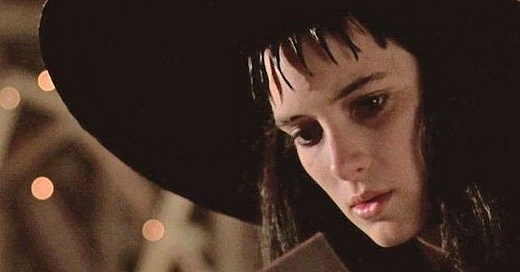


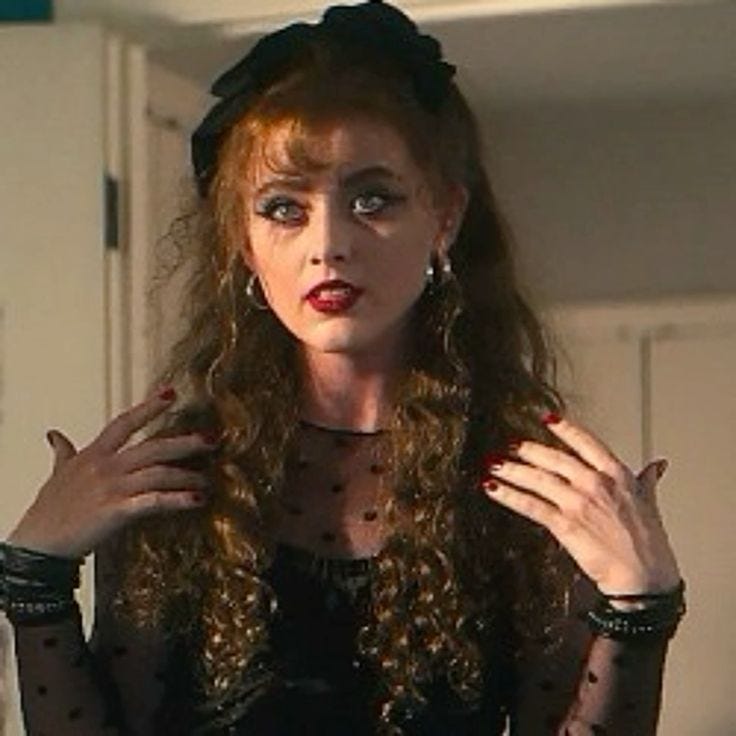
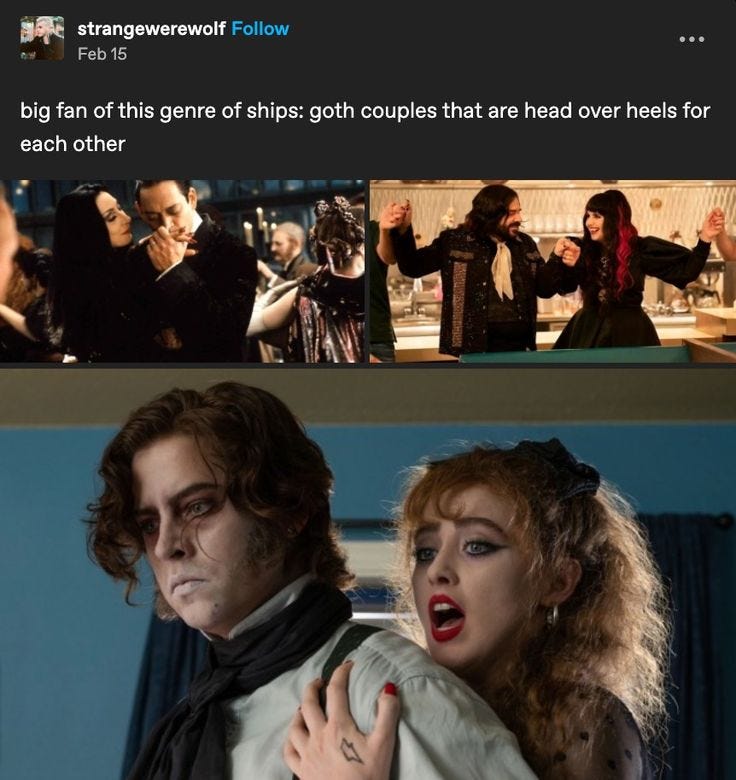
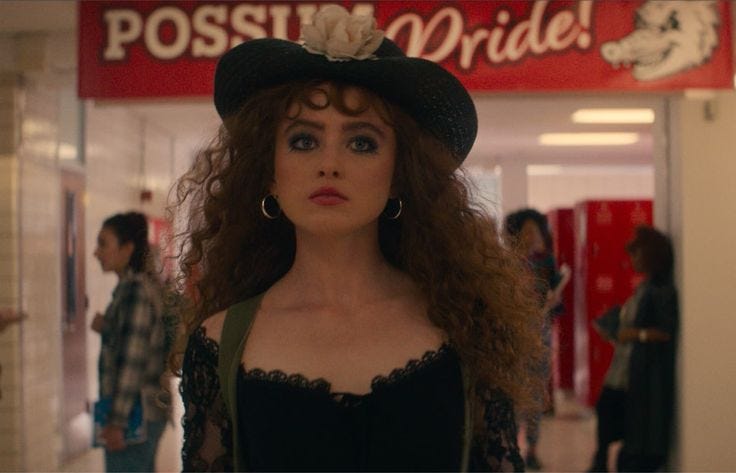
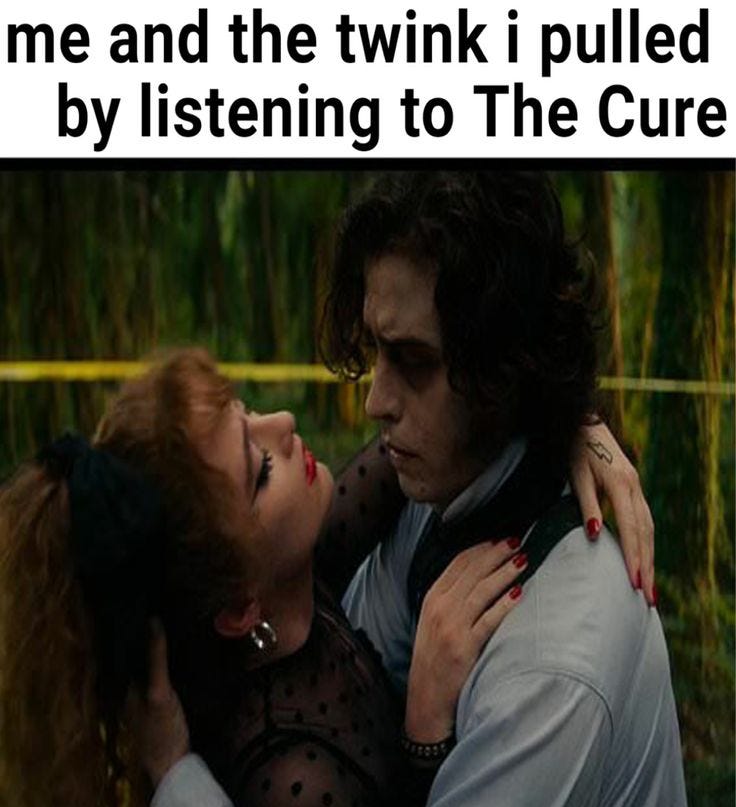

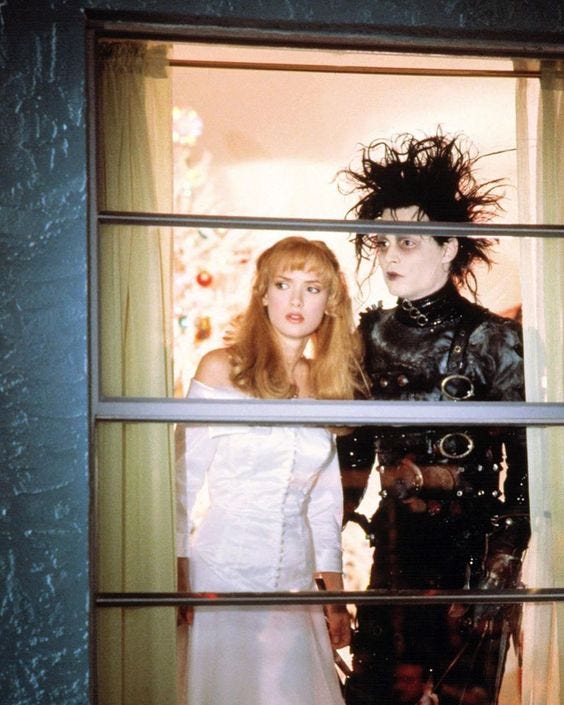
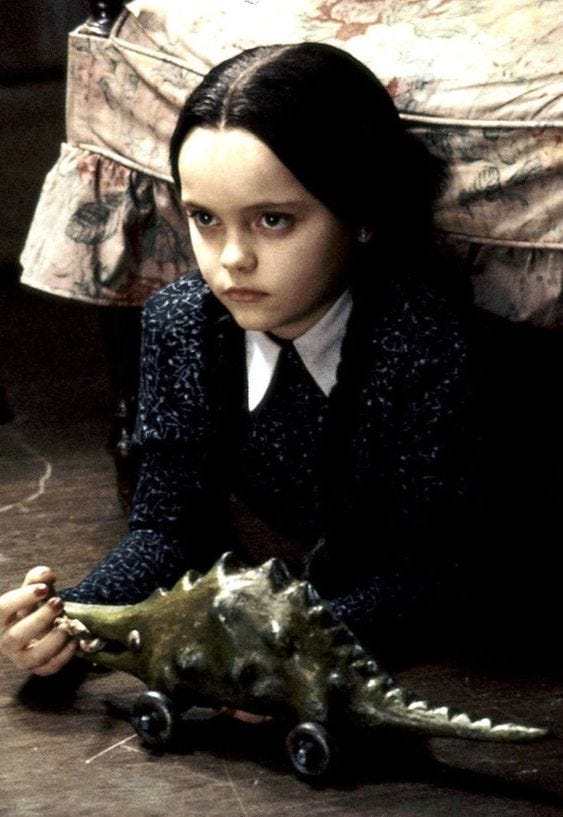
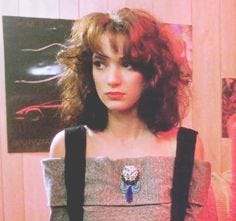
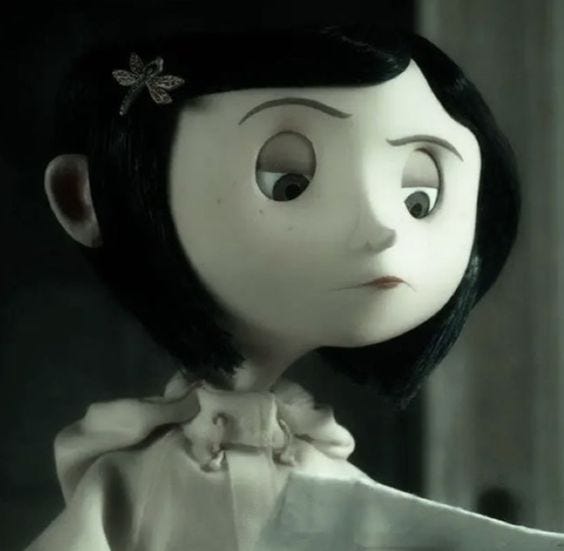
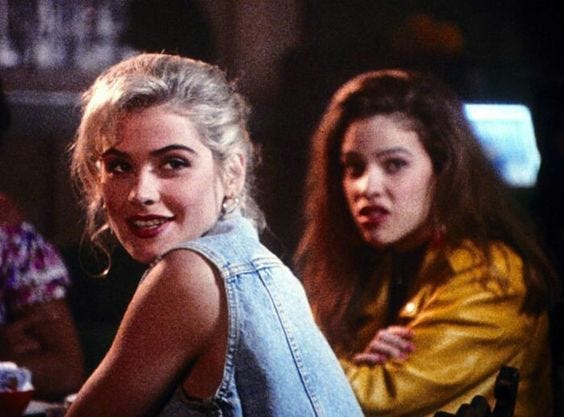
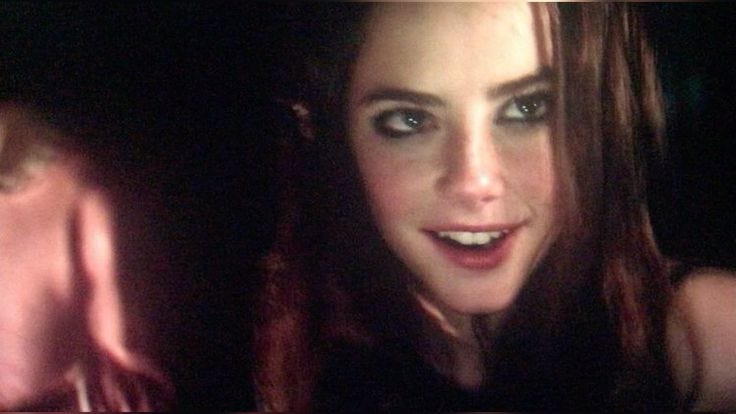
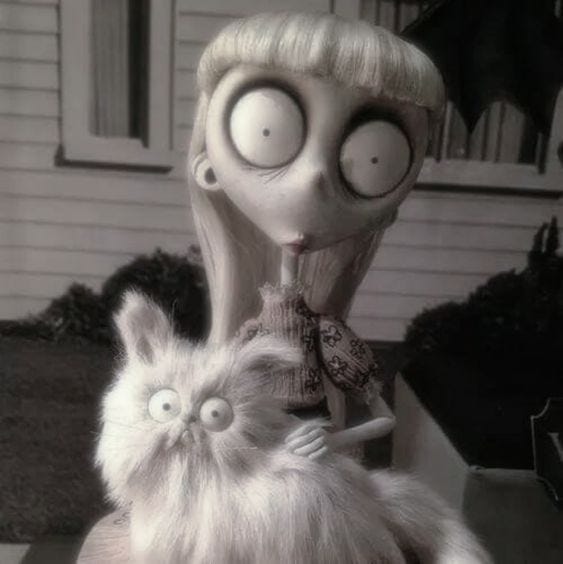
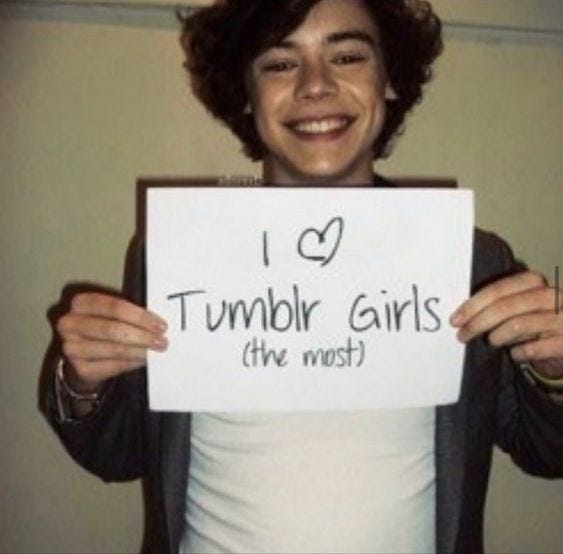
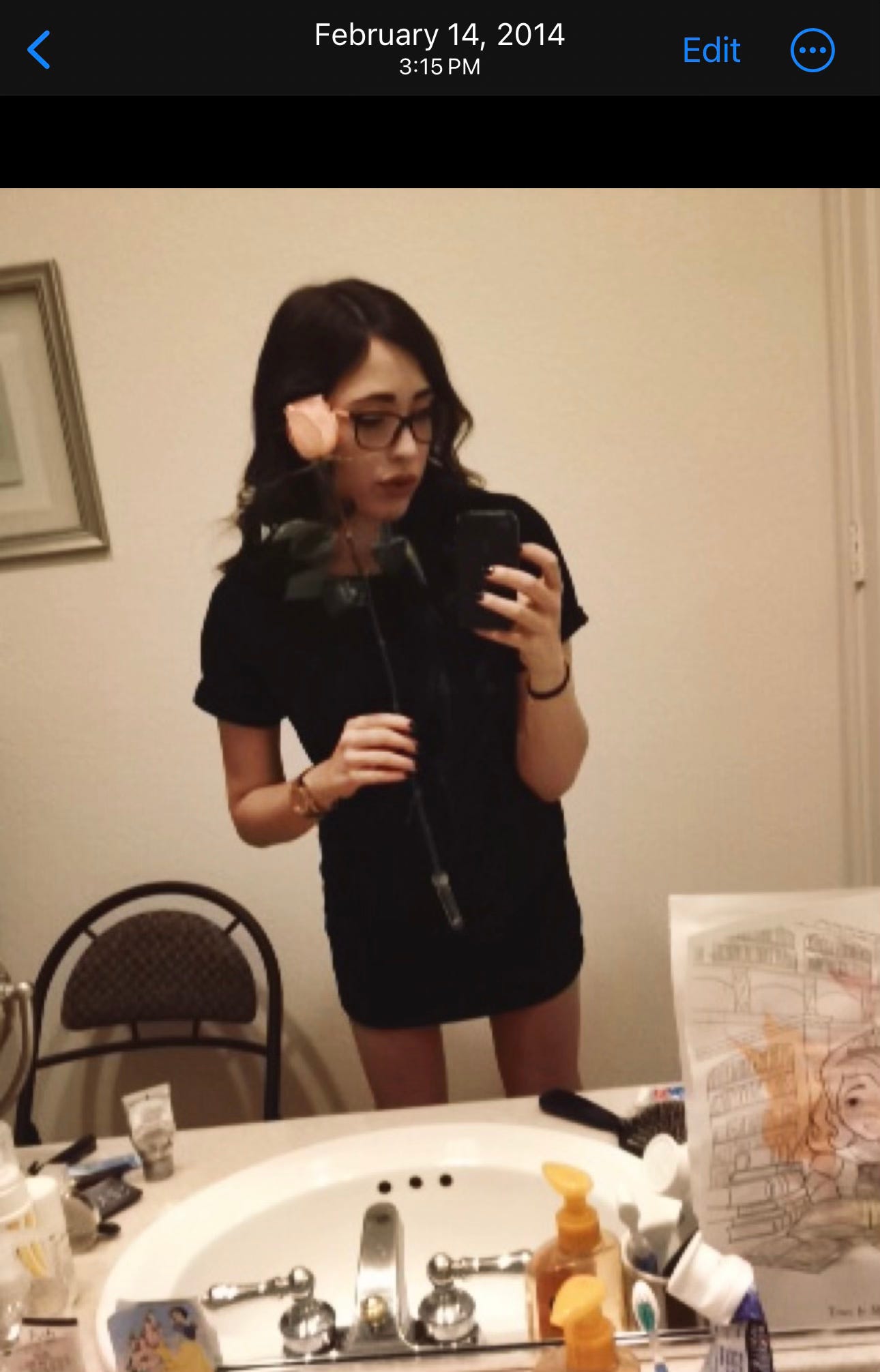
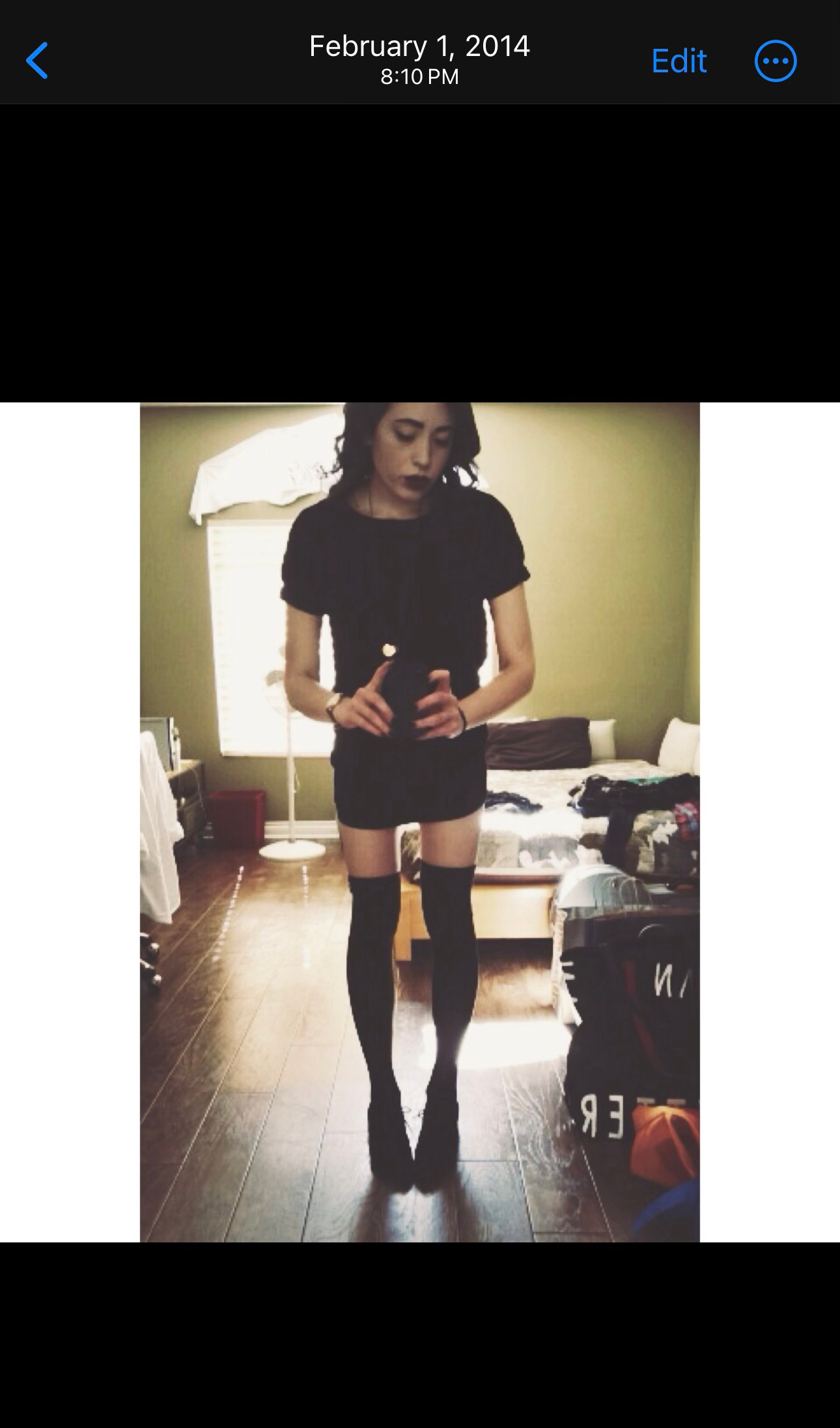
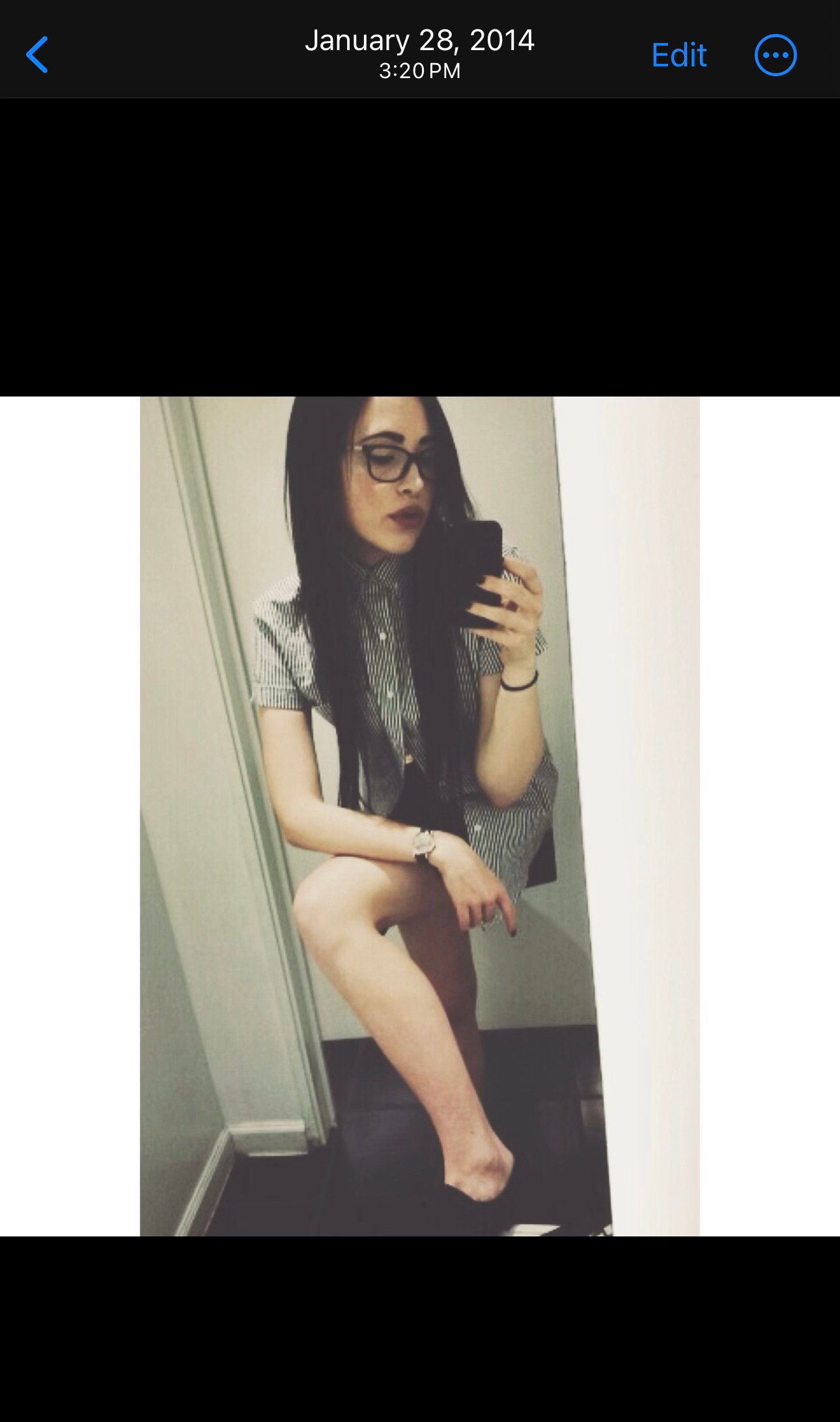
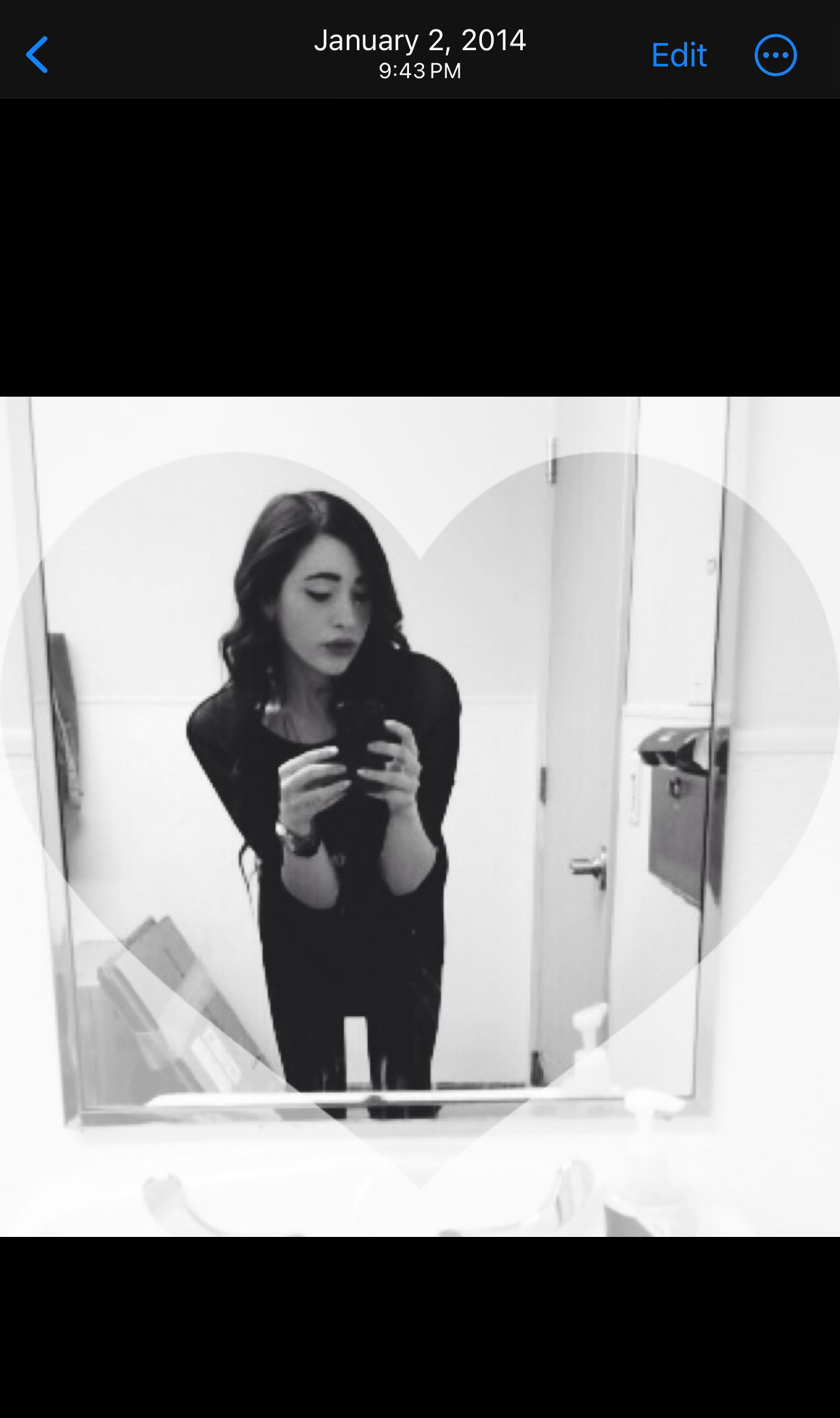
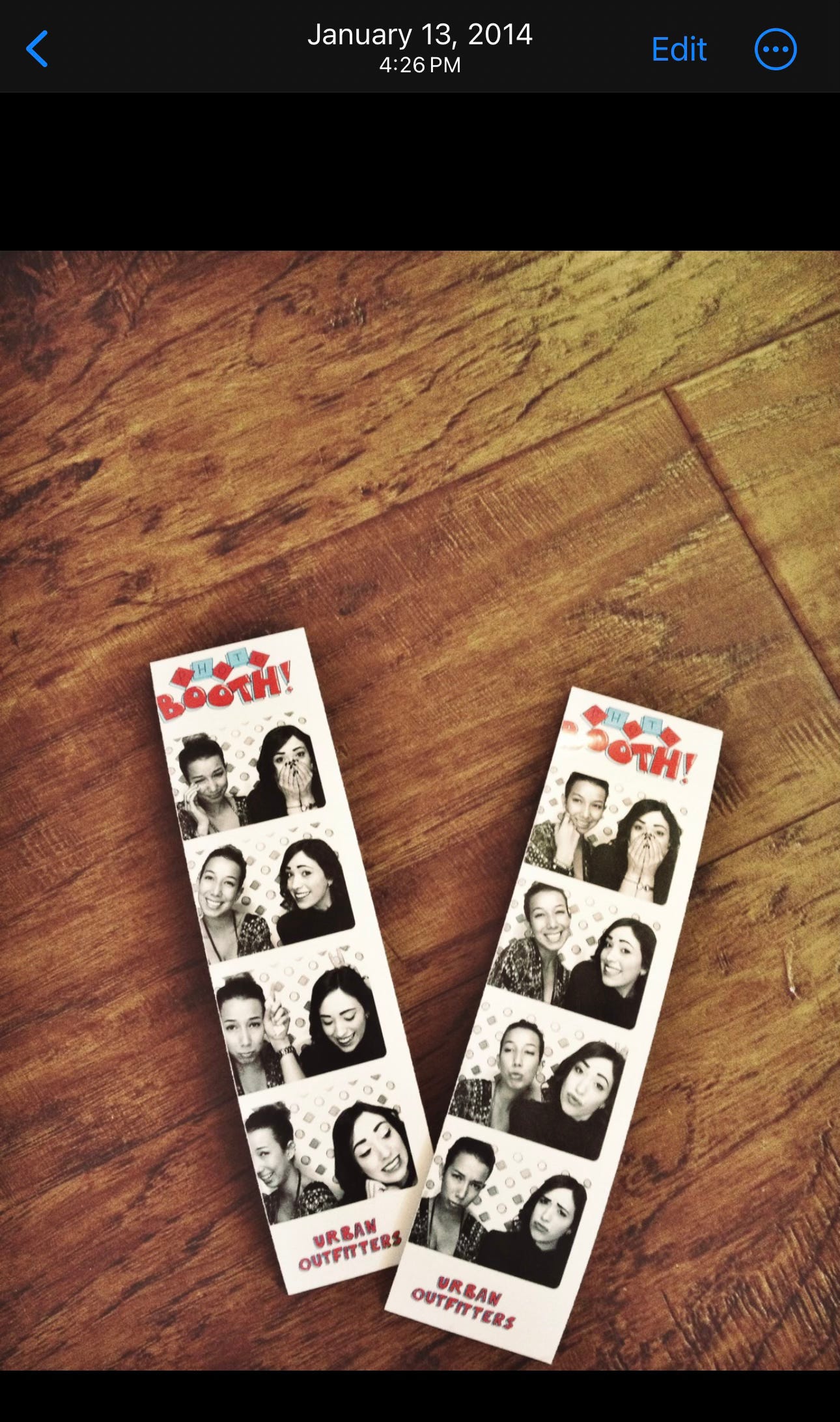
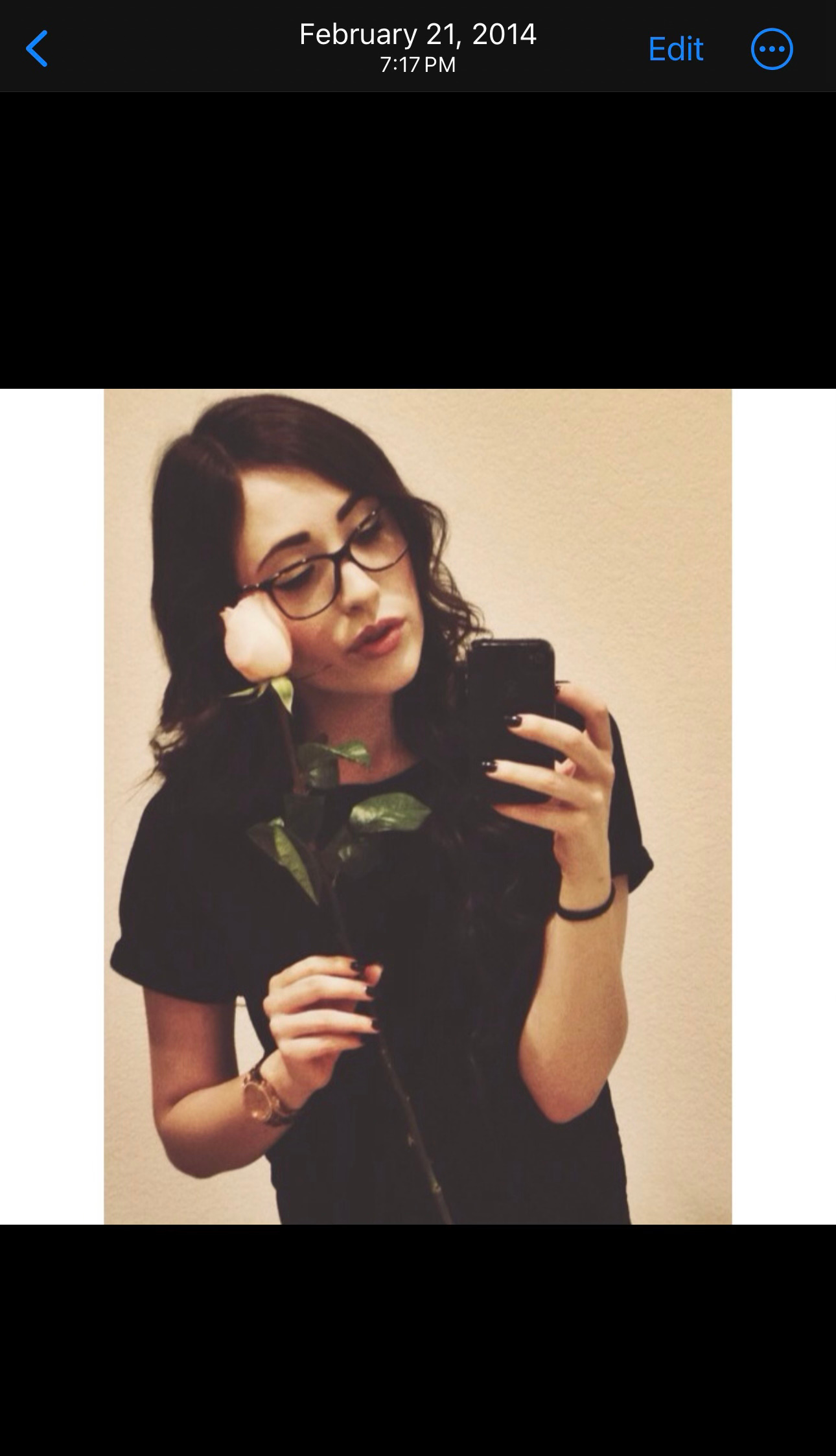
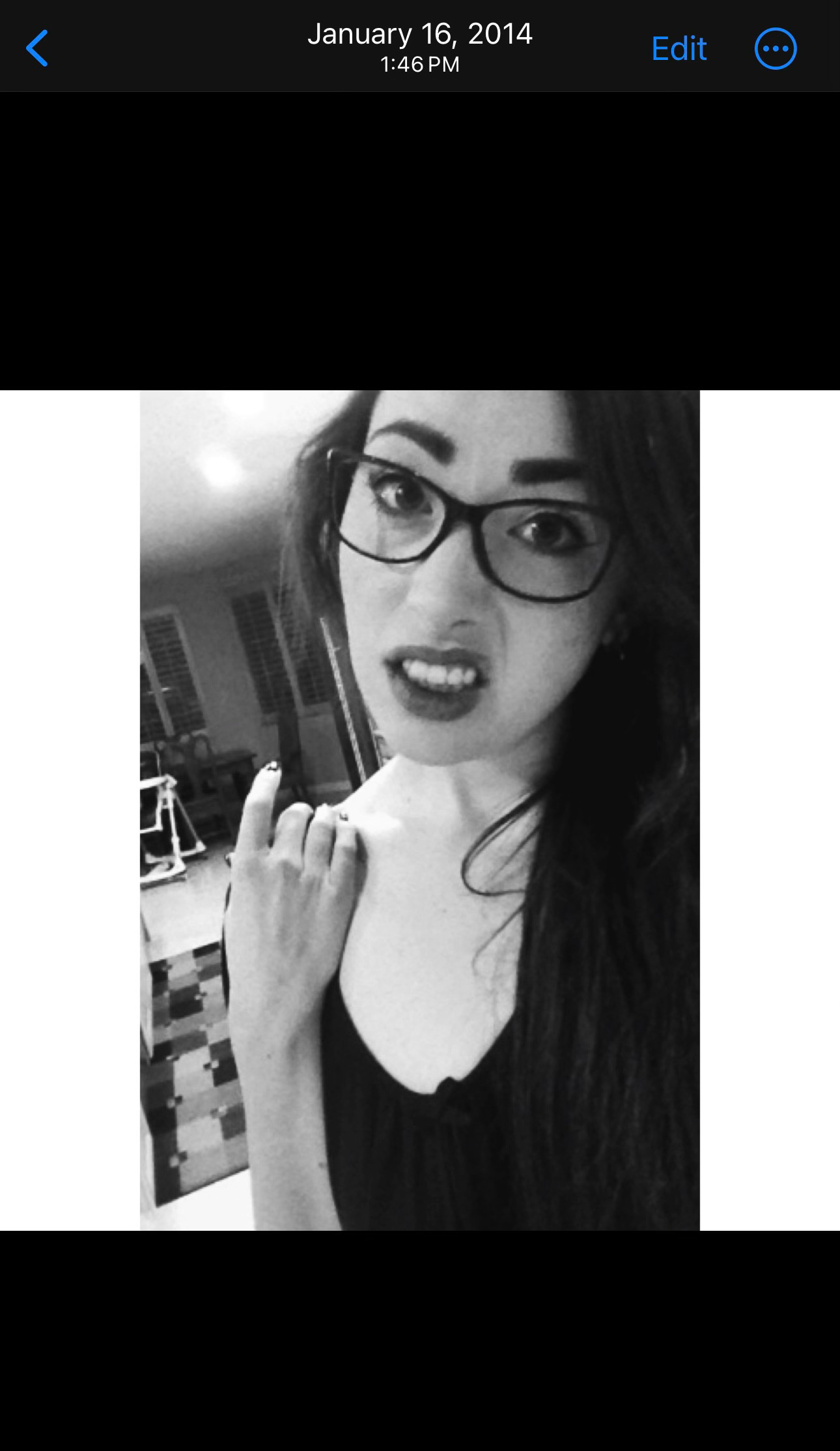
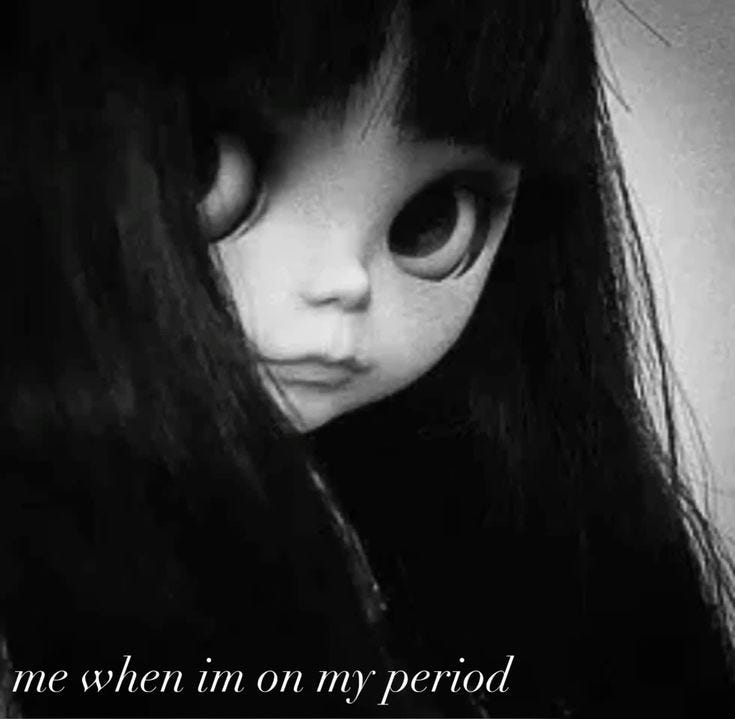
Weird girls forever and always 🙏🏻 Lisa Frankenstein makes me want to be goth so bad, loved the movie